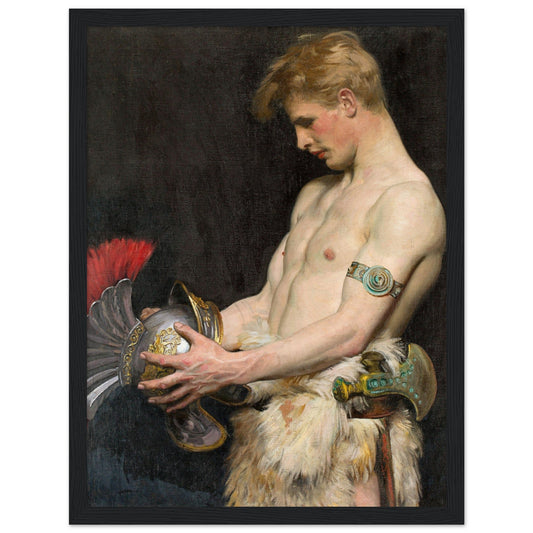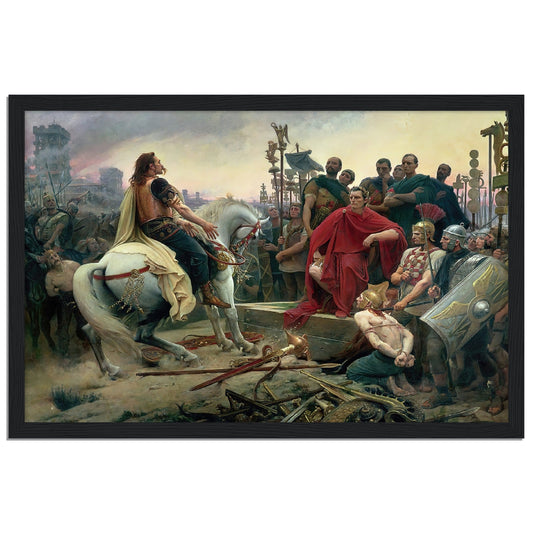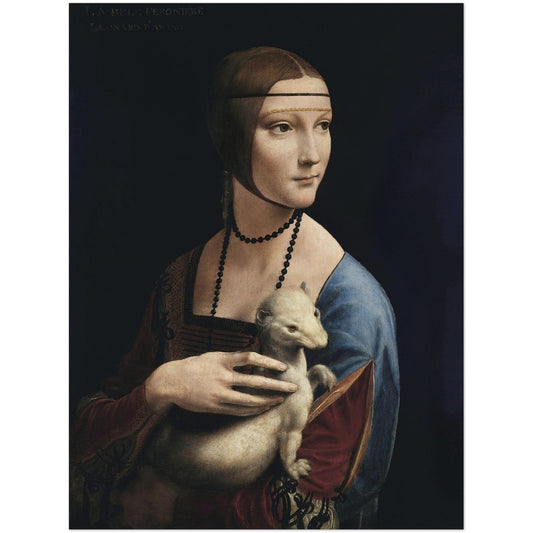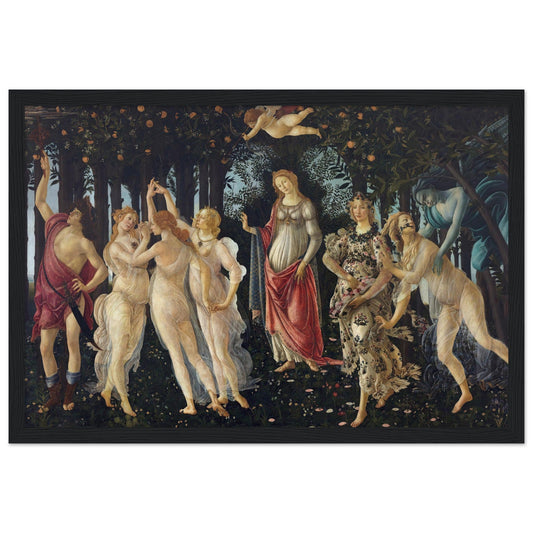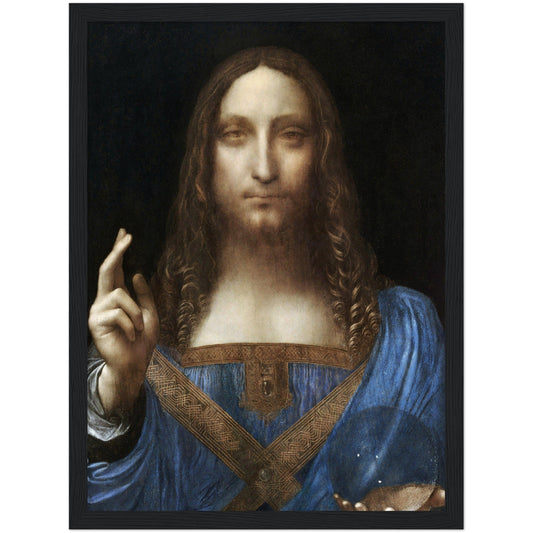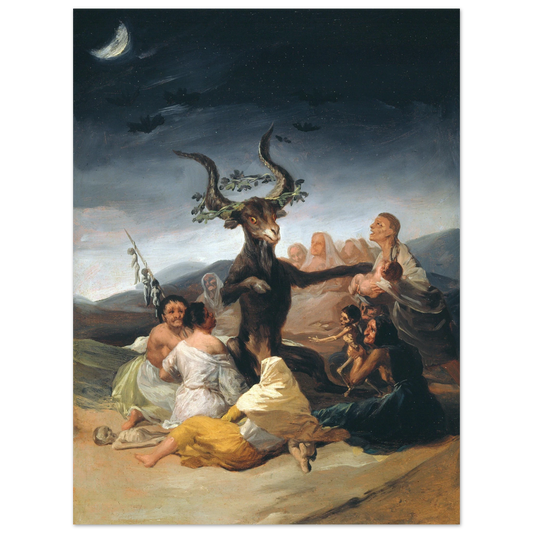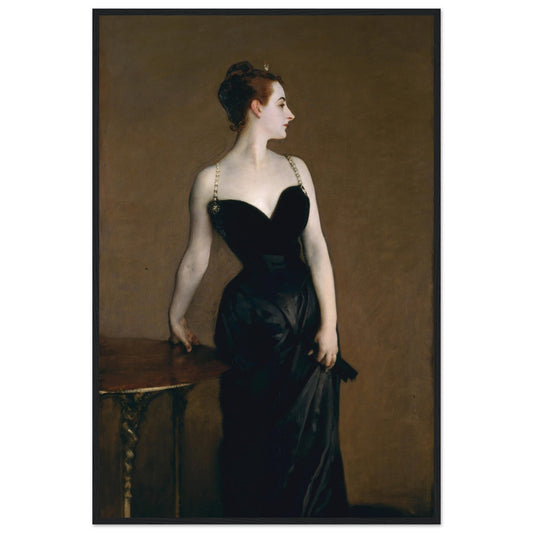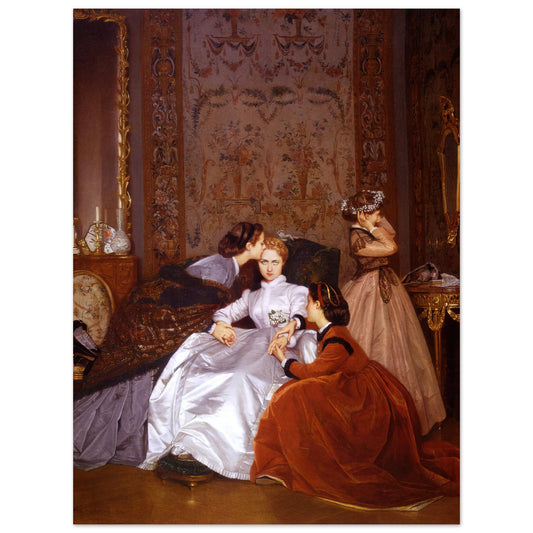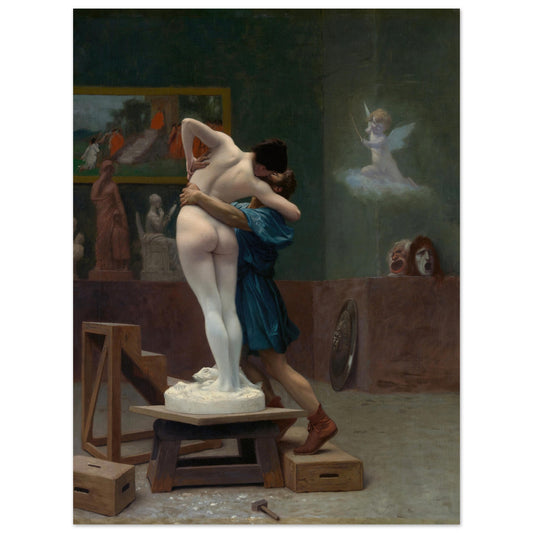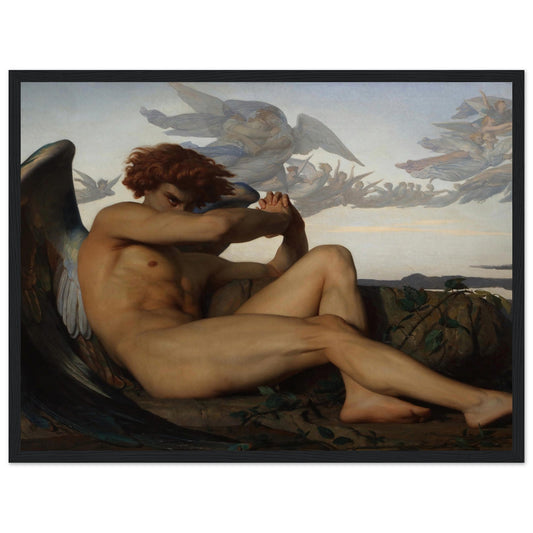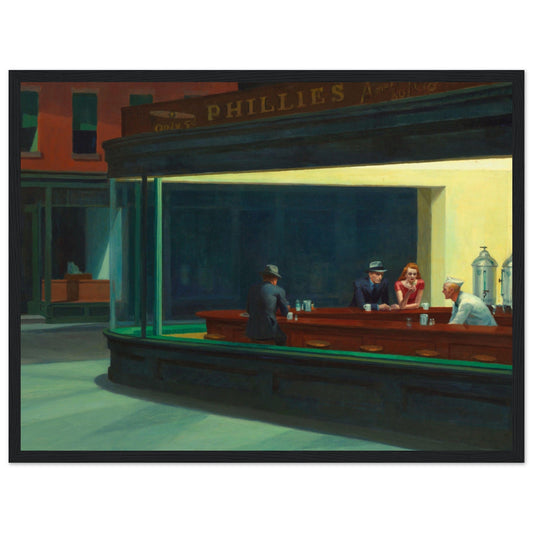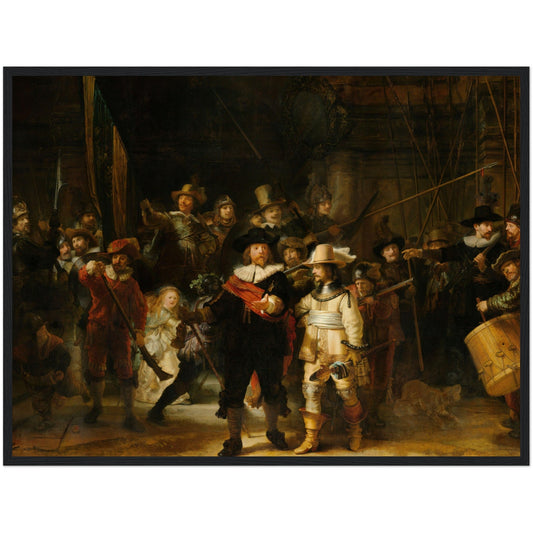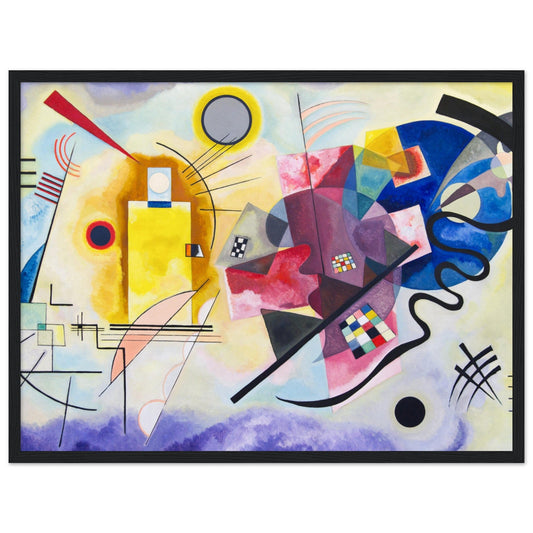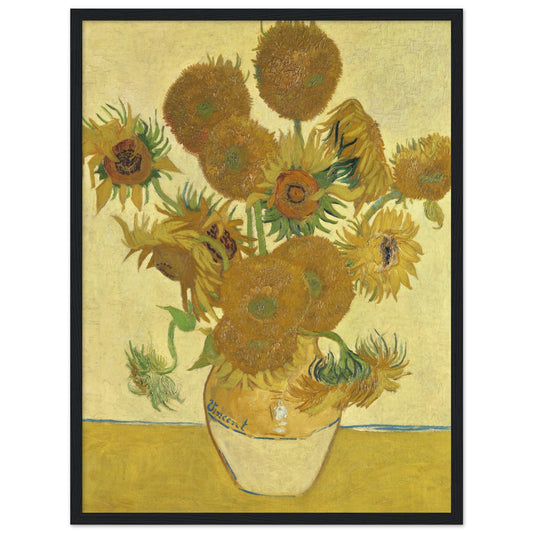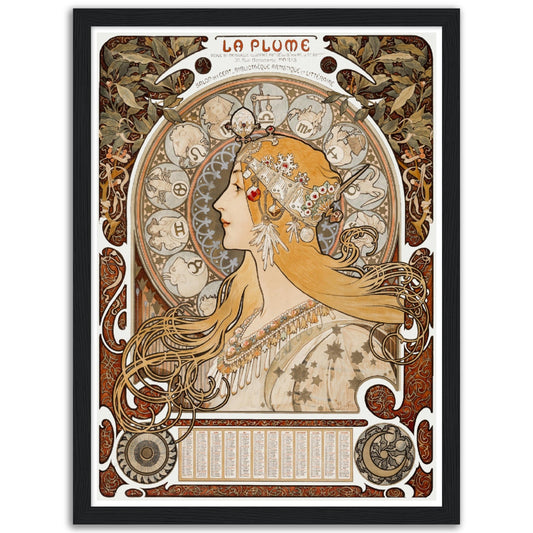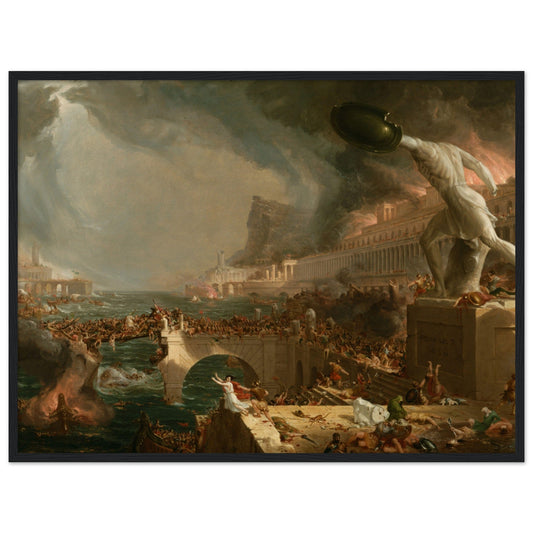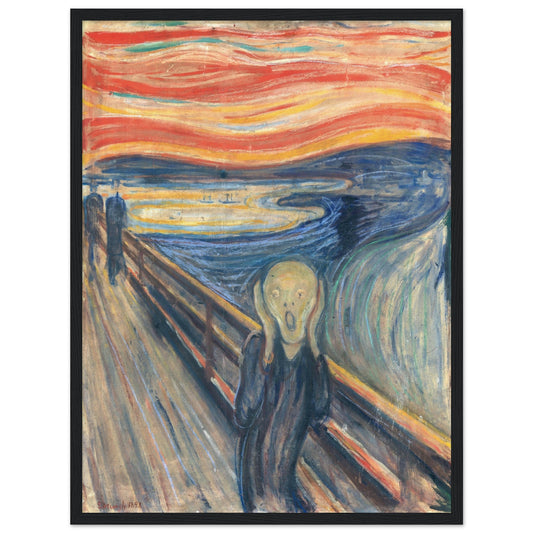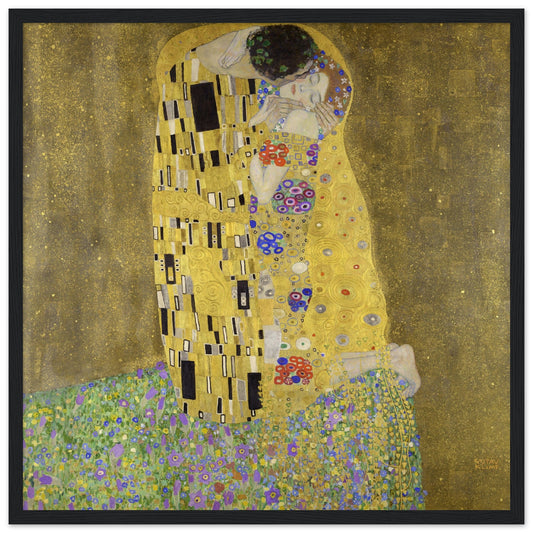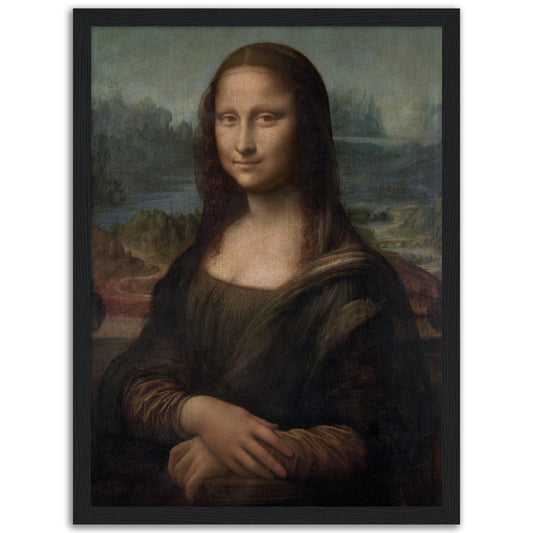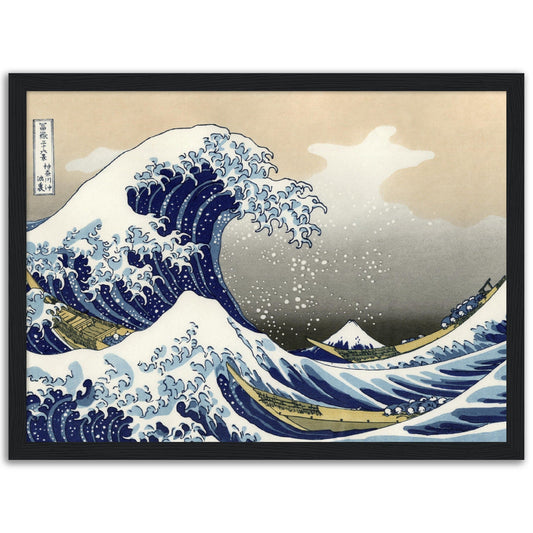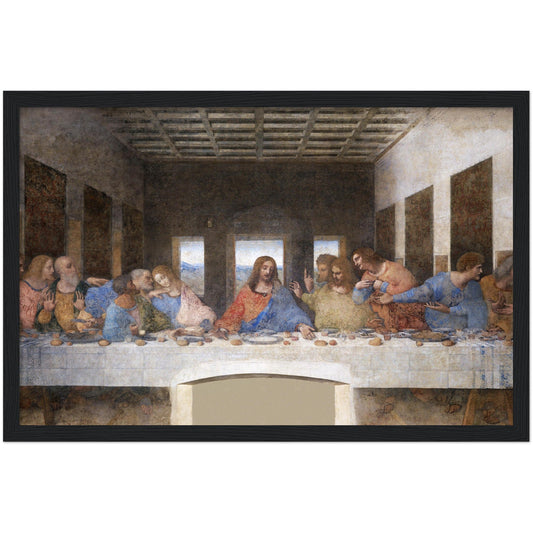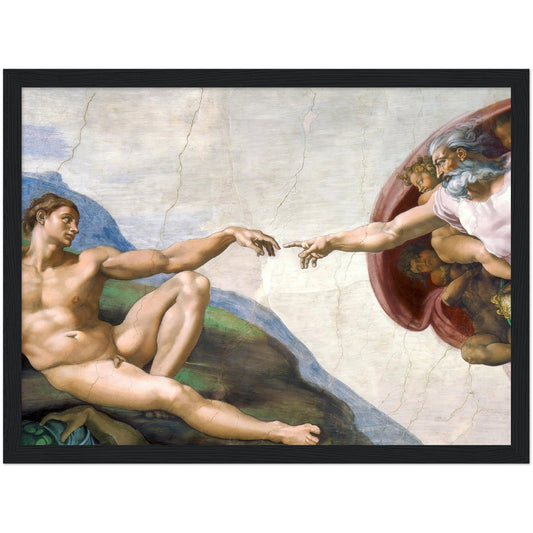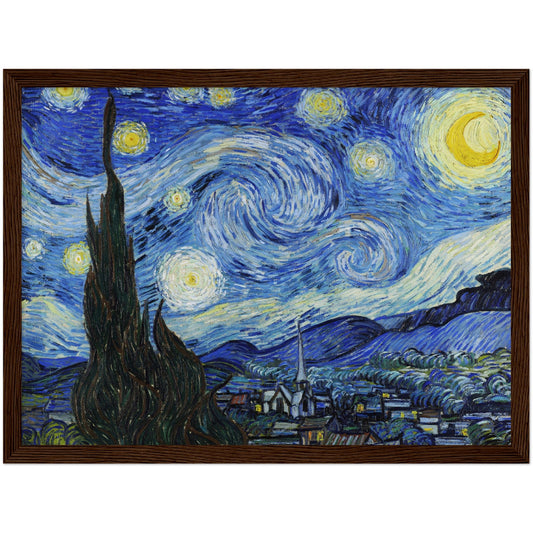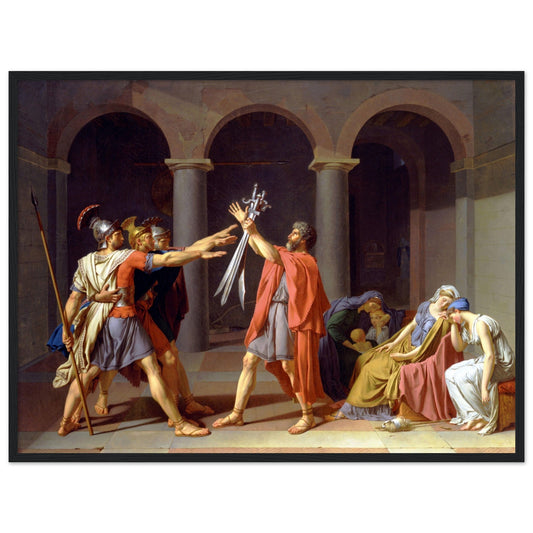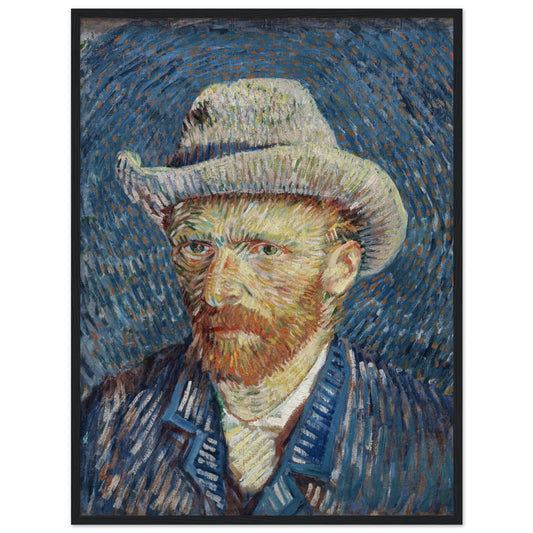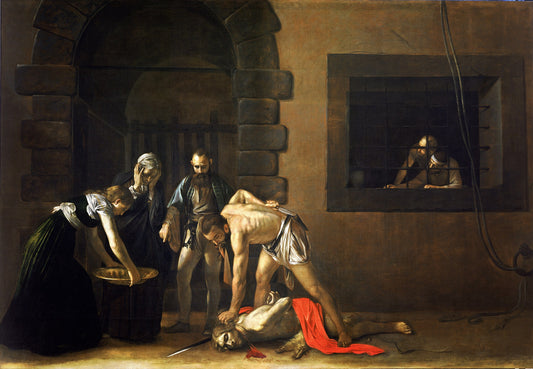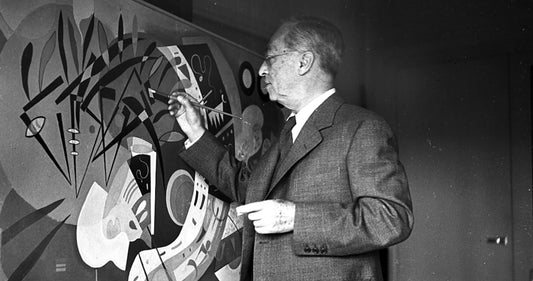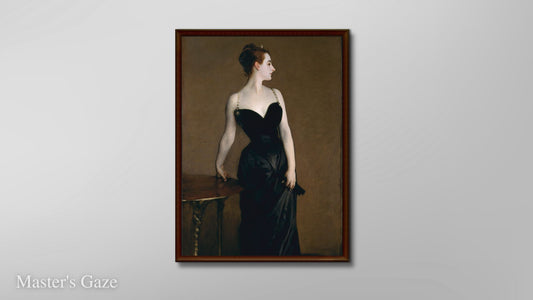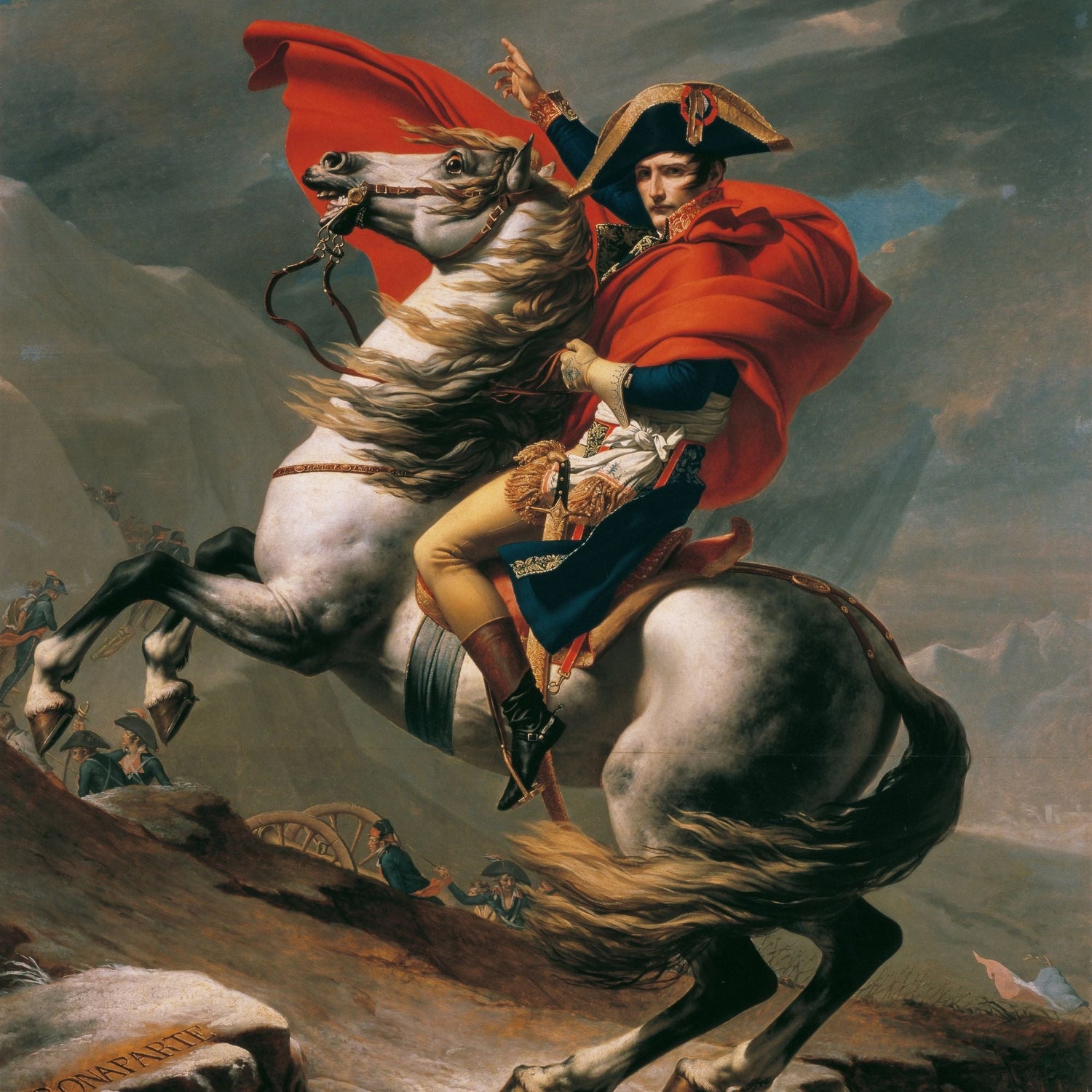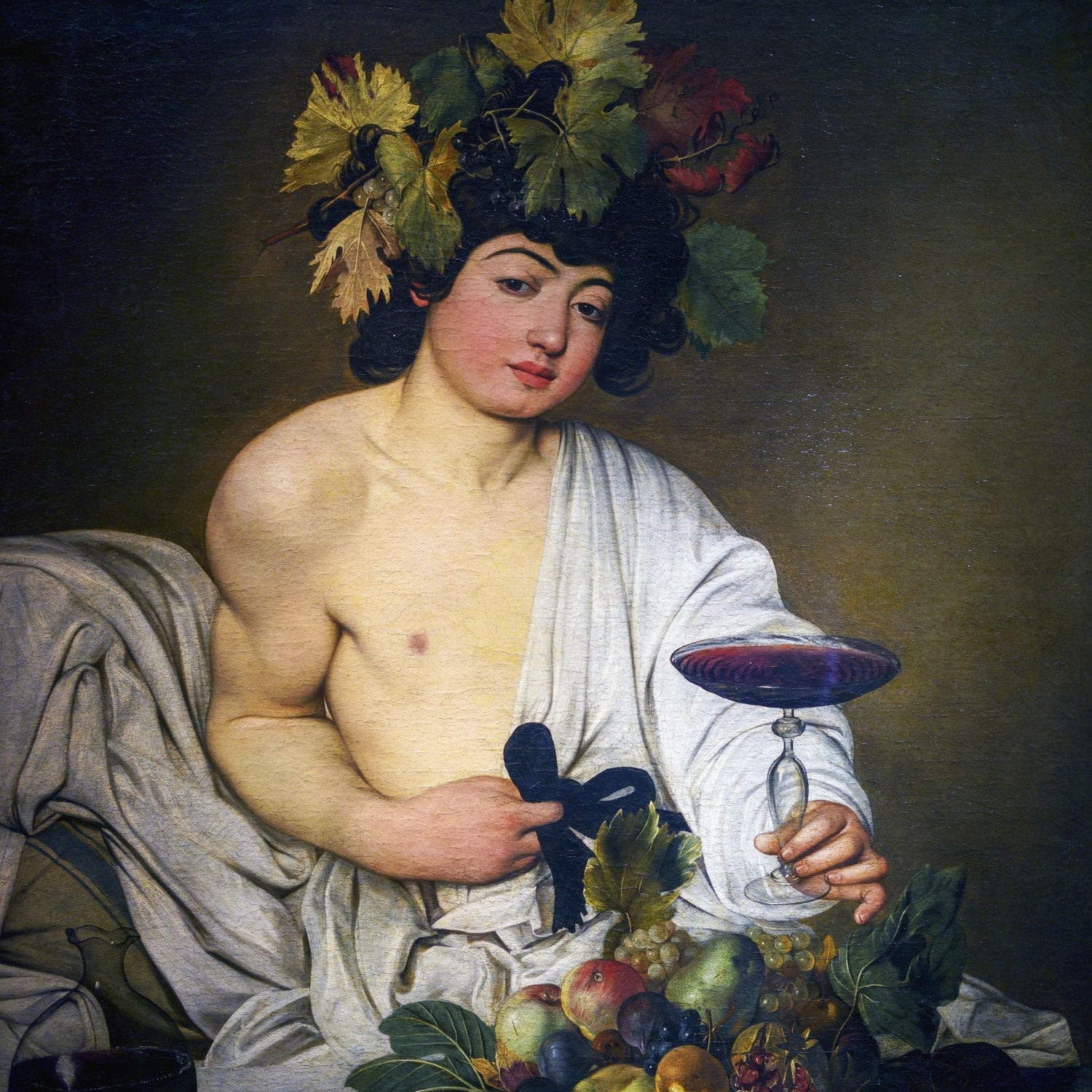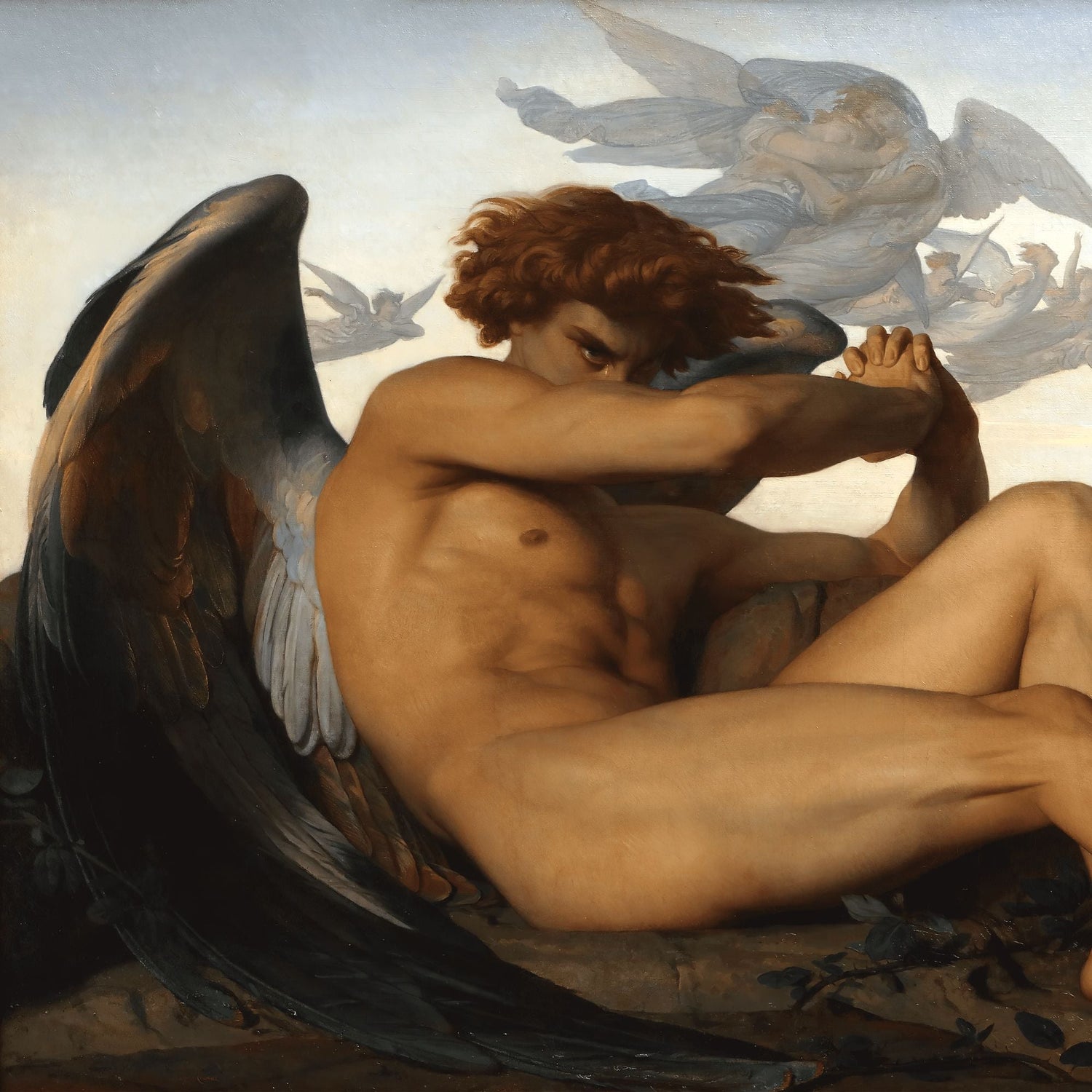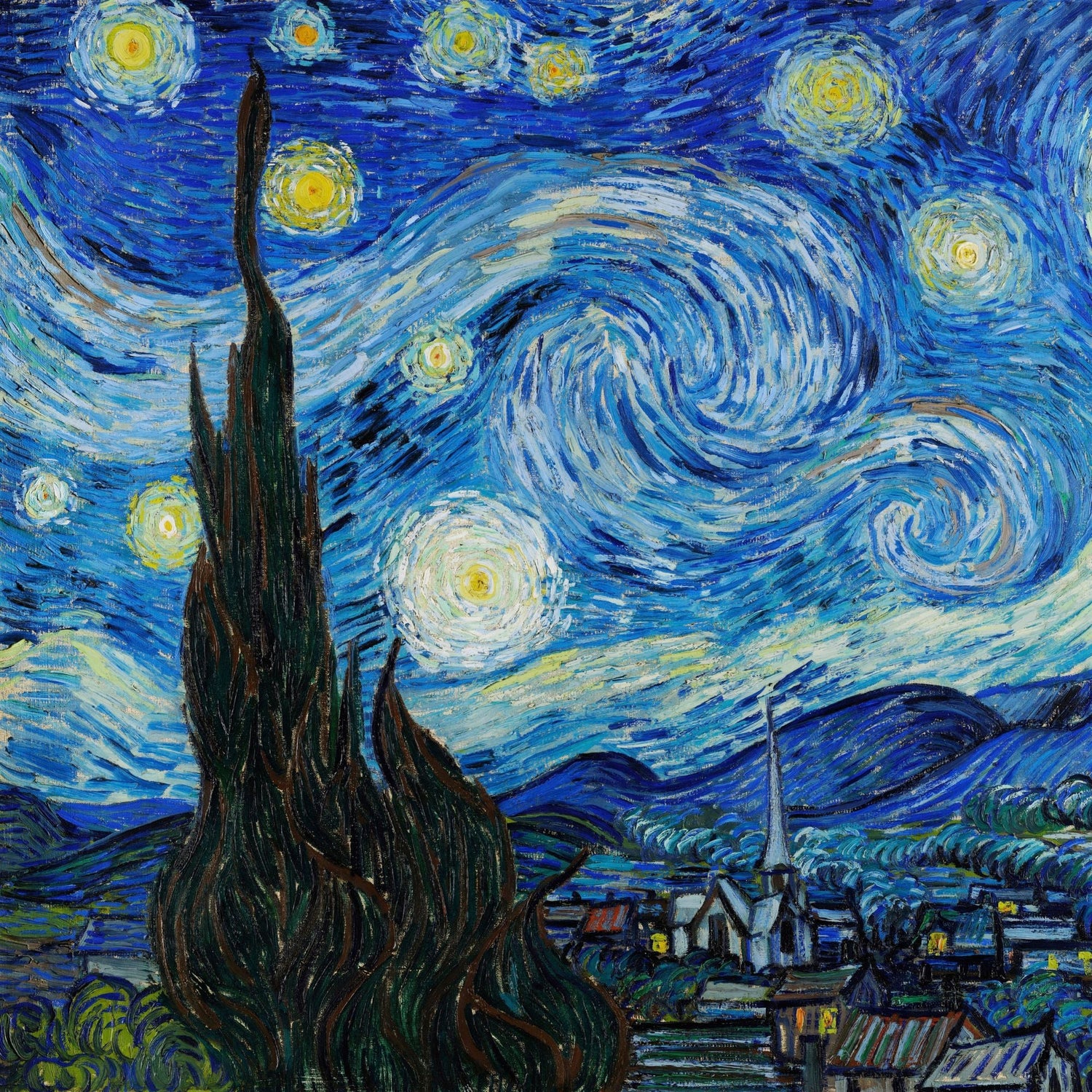Table of Content:
- Intro
- What does Renaissance Mean? Why is important?
- Why Renaissance begin in Italy?
- How did the life of an artist develop in the Renaissance?
If you want, you can check the video we made about this topic, by clicking this image:
Intro
Looking at a masterpiece, one admires the work of a great artist, but also the teachings he received from those who preceded him.
This happens if we observe Botticelli who has a similar style to his master: Verrocchio. Since they were children, Renaissance artists attended the workshops of great masters and learned the secrets of the trade.
How did this transfer of knowledge and techniques among Renaissance artists take place? How were independence and artistic success achieved in the Renaissance?
Welcome to this video where we will talk about
“The Life of a Renaissance Artist”
Before answering these questions, it is good to understand:
What does Renaissance Mean? Why is important?
The Renaissance, originating in the 14th century and spreading across Europe during the 15th and 16th centuries, was a transformative period characterized by a resurgence of interest in the arts, literature, science, and humanistic ideas. The term "Renaissance" itself means "rebirth," reflecting a renewed appreciation for the achievements of classical civilizations such as Greece and Rome. During this era, there was a shift from the prevailing medieval mindset to a more human-centered worldview that emphasized individualism, rationality, and the potential of human beings. It was marked by a profound exploration of human potential in various fields, including art, architecture, philosophy, literature, and science. Renaissance artists sought to depict the natural world with realism, depth, and perspective, using techniques such as linear perspective and chiaroscuro. The period produced iconic artists such as Leonardo da Vinci, Michelangelo, and Raphael, whose works showcased the idealized human form, religious and mythological narratives, and a deep appreciation for beauty. The period was a catalyst for cultural, social, and technological advancements, and its impact on subsequent centuries cannot be overstated, laying the foundation for the modern world.
Perhaps some of you are wondering:
Why Renaissance begin in Italy?
The Renaissance had its origins in Italy for several key reasons. Firstly, Italy was the cradle of the ancient Roman Empire and the birthplace of the Renaissance's greatest influences: classical Greek and Roman art, philosophy, and literature. The ruins of ancient Rome served as a constant reminder of the greatness of the past, inspiring a desire to revive and emulate its cultural achievements. —-Additionally, Italy's geographic location at the crossroads of Europe facilitated the exchange of ideas and knowledge, with thriving trade networks connecting Italian city-states to the rest of the continent. This led to a vibrant intellectual and commercial climate, attracting scholars, merchants, and artists from various regions, and creating a fertile ground for cultural exchange and innovation. Furthermore, Italy's city-states, such as Florence, Venice, and Rome, were centers of wealth and patronage, with powerful families and the Catholic Church providing significant financial support to artists and intellectuals. This patronage allowed artists to focus on their craft, creating an environment conducive to artistic experimentation and the pursuit of new ideas. The political fragmentation of Italy into independent city-states also fostered a competitive spirit, encouraging artistic rivalry and the constant quest for innovation. The interplay of these factors contributed to Italy's unique position as the birthplace and epicenter of the Renaissance.
How did the life of an artist develop in the Renaissance?
To become an artist between the fifteenth and sixteenth centuries there was no school, but one went "to the workshop".
It was practically an obligatory path for an inexperienced young artist and it is the path that all great artists have taken to learn the trade.
If a child or young man showed the slightest talent for drawing, sculpture or painting, he was placed in the group of pupils of a master, preferably one of renown, to begin a period of apprenticeship that could last several years.
The apprentice started from the bottom, from cleaning the brushes and grinding the colors, preparing the wooden surfaces to be painted, up to the first preparatory drawings, and then helping the master in completing the most important works.
The art school par excellence for Renaissance artists was a goldsmith's workshop, where the student received complete training, learning to draw, carve, sculpt, and decorate.
Generally, however, all pupils had to be educated and learn to copy ancient or real models. At the end of this long period, which could last even more than ten years, the pupil achieved the title of "assistant" and was therefore considered the closest assistant to the teacher.
The Renaissance workshop is organized like a business, some are family-run and therefore fathers, sons, brothers, and various relatives work within it, but more often the workshop is directed by a master who directs the work, takes care of the clients, contracts and chooses the most suitable students and assistants to carry out a job.
In the more complex works, obviously, a work team is created which, under the direction of the master, completes the assignment.
The best Renaissance workshops are those in which the owner is also a great artist, who knows how to enhance the talent of his students.
This is the case, for example, of Raphael's workshop, which accepted anyone who demonstrated a particular artistic talent and who educated great artists such as Giulio Romano for example.
Another prestigious workshop was that of Andrea del Verrocchio, who in Florence, the symbolic city of the Renaissance, offers training that includes, in addition to painting, sculpture, and architecture, also music, optics, and botany.
The most important Renaissance artists such as Botticelli, Perugino, and Leonardo da Vinci came out of Verrocchio's workshop.
Domenico Ghirlandaio's workshop was also very renowned and in fact, one of his most illustrious pupils was Michelangelo Buonarroti.
The apprenticeship period typically lasted several years, during which artists created copies of their master's works to develop their technical skills and understanding of artistic principles. These copies served as the basis for future independent works.
After completing their apprenticeship, the aspiring artist will look for opportunities to establish themselves as an independent creator.
To gain recognition and build their reputations, Renaissance artists actively sought the patronage of wealthy individuals, religious institutions, and city governments. They created samples or "calling cards" that showcased their skills, often in the form of portraits or religious paintings. These jobs were aimed at impressing potential patrons and securing lucrative commissions.
Patrons played a crucial role in supporting Renaissance artists. Wealthy patrons commissioned works of art, providing both financial support and social validation. Artists relied on these commissions to support themselves and gain prominence.
The commissioned works varied in scope and subject matter. Renaissance artists were called upon to create religious paintings, portraits, frescoes, sculptures, and architectural embellishments. These projects showcased their technical skills, creativity, and ability to convey complex themes or narratives through their art.
While engaged in commissioned work, Renaissance artists were constantly looking for ways to expand their artistic knowledge and vision. They engaged in academic pursuits, studying classical literature, philosophy, and scientific discoveries to infuse their work with intellectual depth and symbolism.
These studies fueled artistic innovation and encouraged the exploration of new styles, techniques and subject matter.
Little by little, the artists of the Renaissance, accumulating their portfolio of works, created a reputation for themselves, acquiring autonomy and artistic freedom.
Success for a Renaissance artist was often measured by awards, invitations to prestigious courts, and the admiration of their peers. Artists who achieved widespread recognition and secured important patrons enjoyed financial security, artistic freedom, and the ability to leave a lasting impact on the art world.
Their talent, determination, and ability to adapt to the artistic trends and demands of their time played a vital role in shaping their careers and leaving a lasting legacy.


